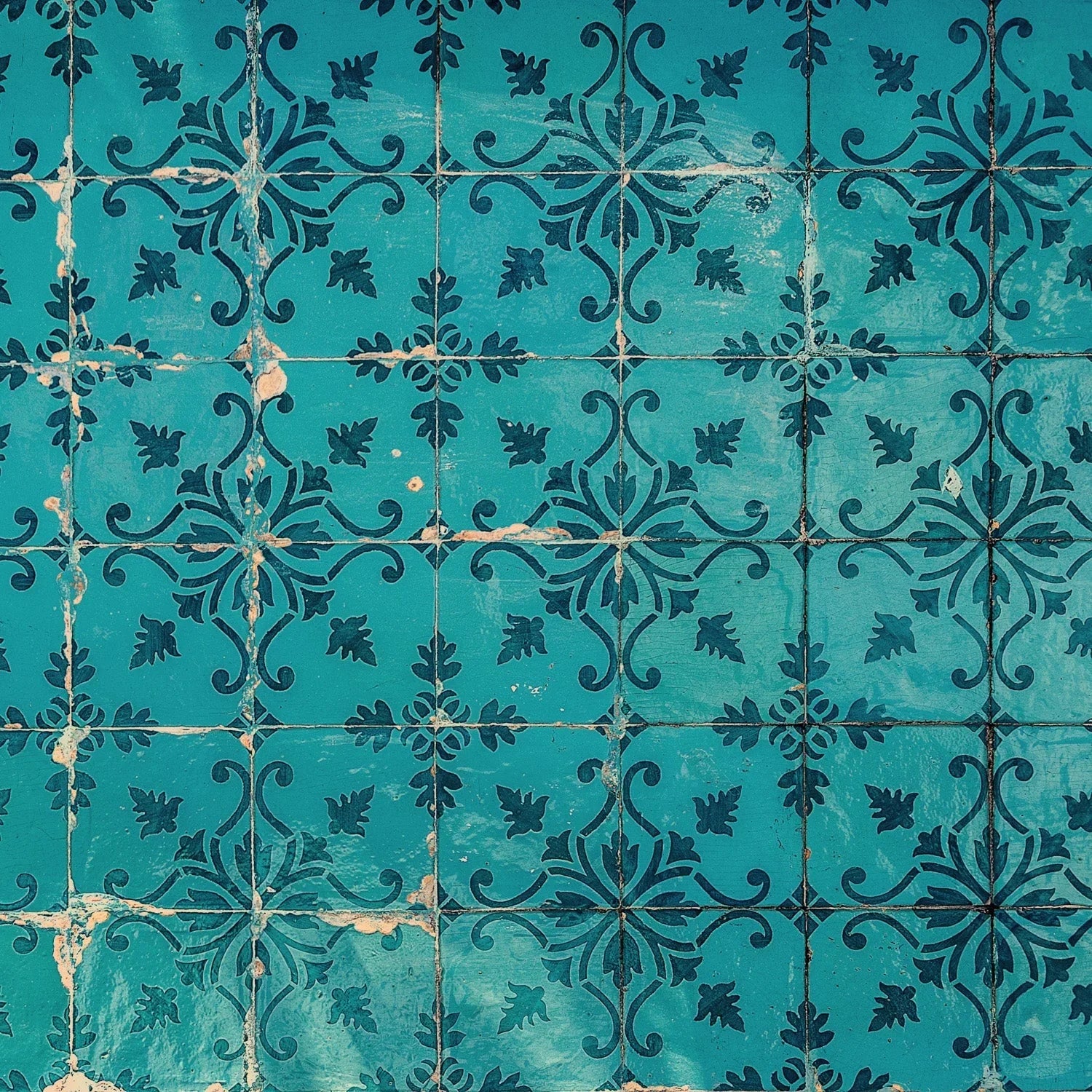
Portuguese Tiles: A Journey Through Art and History
Azulejos , these beautiful decorative ceramic tiles, are one of the most iconic elements of Portugal's cultural and architectural landscape. Much more than simple ornaments, tiles tell the country's story through their vibrant colors and intricate patterns, and are now a heritage admired around the world.
Origins and evolution
The word “azulejo” comes from the Arabic al zellige , which means “polished stone”. Although the use of decorative tiles predates their introduction in Portugal, it was in the 15th century, under Moorish influence from the Iberian Peninsula, that tiles began to be part of Portuguese daily life. Over the centuries, this craft developed a unique identity, reflecting the religious, historical and artistic influences of each era.
A ceramic screen
In Portugal, tiles are used in a wide variety of buildings: exterior facades, interiors of churches, palaces, stations and homes. In addition to their decorative function, tiles also serve to insulate homes from heat and humidity, combining beauty and functionality.
Styles and techniques
Tile styles have evolved over time, from the simplest geometric patterns to figurative and narrative compositions. In the 17th century, under the influence of Italian majolica, representations of religious scenes, historical battles and everyday events began to appear. The 18th century marked the peak of tile art, with monumental panels that told stories and embellished entire buildings.
Masters of Tiles
One of the most notable names is Jorge Colaço , active between the 19th and 20th centuries. Famous for his large panels in train stations and concert halls, he was one of those responsible for reinventing the tile tradition, fusing traditional techniques with modern and urban themes.
Preservation and innovation
Today, the conservation of tiles is considered a cultural priority in Portugal. Many panels are legally protected, and art schools continue to train new skilled artisans. At the same time, contemporary artists are reinventing classic motifs to integrate them into modern contexts — proving that this art can remain alive, relevant and ever-changing.
Conclusion
Azulejos are not just an aesthetic expression of Portuguese architecture — they are also a window into the soul of the country . They embody the multicultural influences that have shaped Portugal over the centuries. Whether in a small pattern or a large mural composition, azulejos continue to fascinate and inspire all who gaze upon them. For visitors to the country, stopping to admire the azulejos is an essential way to connect with the history, art and identity of Portugal.



